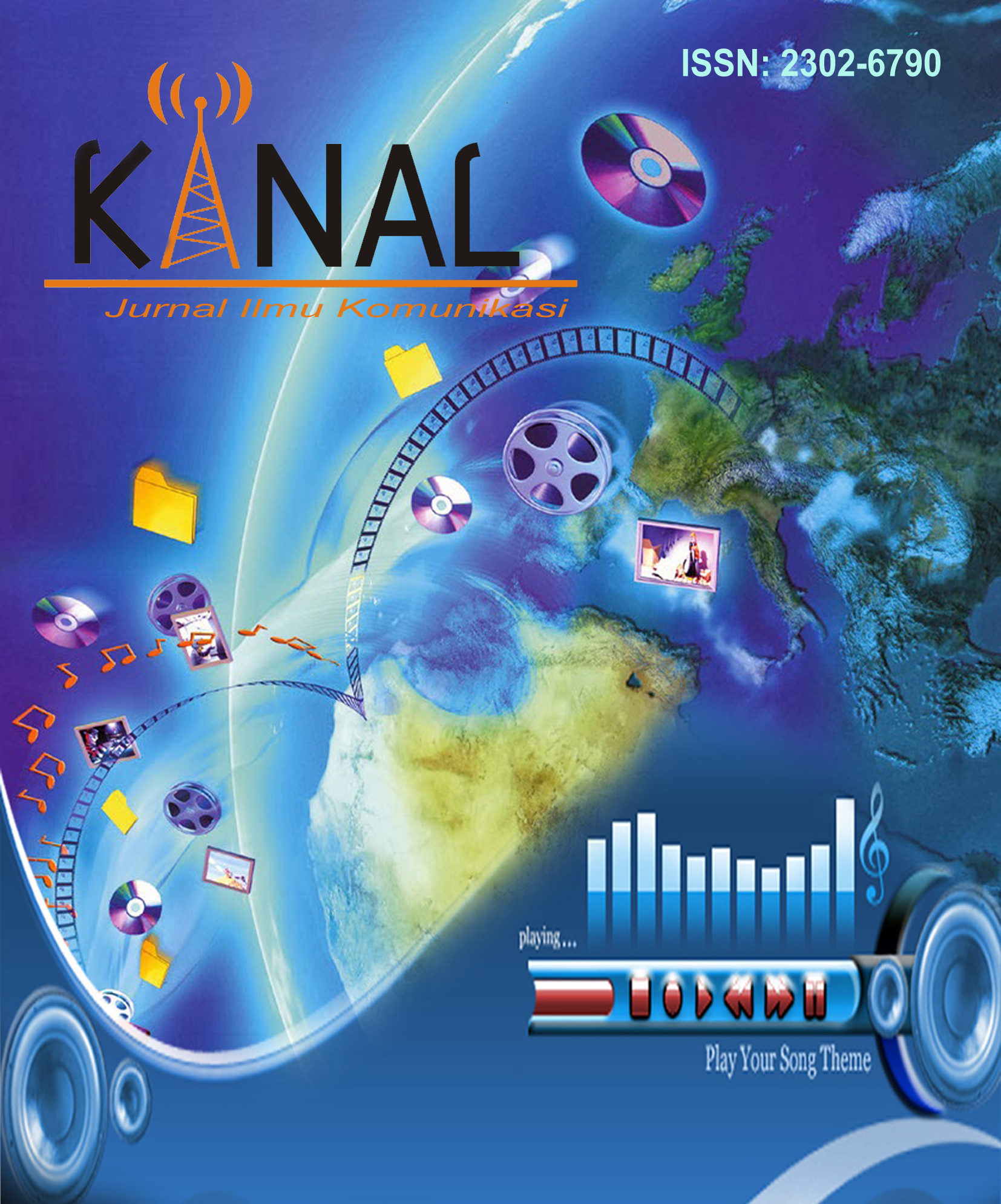Aplikasi Elaboration Likelihood Model Theory dalam Iklan Calon Gubernur 2018 terhadap Perilaku Memilih
Application of Elaboration Likelihood Model Theory in 2018 Governor Candidate Ads on Voting Behavior
DOI:
https://doi.org/10.21070/kanal.v6i2.1932Keywords:
elaboration likelihood model, voting behavior, swing voter, advertisementAbstract
The election of the head of the region would be held by government. It brought its own benefits to the campaign team. It was easy to find even before the pairing, the candidates who would forward to show his face in a billboard or banner on the sidewalk. Their poses for religious festivities or bright invokes blessings. They described in doing many positive activities to attract people's sympathy. Many governor candidates used outdoor media to advertise them in the governor election last June. Generally they showed self-advertising positively, memorable, and interesting. There were characteristics that highlighted. So, prospective voters would remember and did not hesitate to vote. This was the usual way of using elaboration likelihood theory either on peripheral routes or central routes. The central route involved critical thinking that peripheral routes did not do that. This theory was also associated with the behavior of people’s vote. The results of this conceptual study showed the finding that visible things are visually capable of capturing unselected voters with peripheral routes. In the other hand, voters who used the central route were given a lot of informative information to reinforce belief.
References
Asfar, M. (2006). Pemilu dan perilaku memilih 1955-2004. Surabaya: Pustaka Eureka.
Chmielewski, T. L. (2012). Applying the elaboration likelihood model to voting. International journal of interdisciplinary social sciences, (6): 33-47.
Firmanzah. (2008). Marketing politik. Jakarta: Yayasan Obor Indonesia.
Griffin, E. (2012). A first look at communication. New York: Mc Graw Hill.
Littlejohn, S. W. & Karen, A. F. (2009). Teori komunikasi massa. Jakarta: Salemba Humanika.
Nimmo, D. (2006). Komunikasi politik, khalayak dan efek. Bandung: Remaja Rosdakarya.
Puskapol Fisip UI tahun 2009. Hasil Survey Nasional Tentang Iklan Politik dan Perilaku Pemilih Menjelang Pemilu 2009.
Rucker, D. D. & Petty, R. E. (2006). Increasing the effectiveness of communications to consumers: Recommendations based on elaboration likelihood and attitude certainty perspectives. Journal of Public Policy and Marketing, 25 (1): 39-52.
Rahman, Arwah. Pare Pos, 02 Februari 2009






